
In most states, traffic is a test of patience for motorcycle riders who try to obey the law. Why sit behind a long line of cars when there's more than enough room for you to ride between the vehicles? That is called lane filtering, and it is still illegal in most states. That's starting to change, however. On July 1, 2025, lane filtering became legal in Minnesota. As long as the other vehicles in the lane are moving slower than 25 mph, motorcyclists can filter the lane, though they cannot be moving more than 15 mph faster than the surrounding traffic. Other drivers are even prohibited from blocking motorcyclists from doing this.
Minnesota isn't the only state to allow lane filtering, though. It's been legal in Utah since 2019 on roads with a posted speed limit of 45 mph or less. Motorcycle riders cannot exceed 15 mph while lane filtering. Arizona made it legal in 2022 with the same rules. Montana made lane filtering legal in 2021, allowing riders to pass cars that are going 10 mph or less, and the riders cannot exceed 20 mph while filtering.
Colorado is another state to join the party recently. On August 7, 2024, it became legal in Colorado to pass between stopped vehicles headed in the same direction. The motorcyclist can't ride in the shoulder or travel faster than 15 mph while lane filtering and can be cited with a $100 fine if these rules aren't followed. California allows not only lane filtering, but also full lane splitting. Lane splitting is when motorcyclists are allowed to ride between two lanes of traffic moving in the same direction, even at high speeds. California is the only state in the union to allow this.
Read more: These Are The Dumbest Car Crashes You've Ever Seen
Why Are States Starting To Allow Lane Filtering?
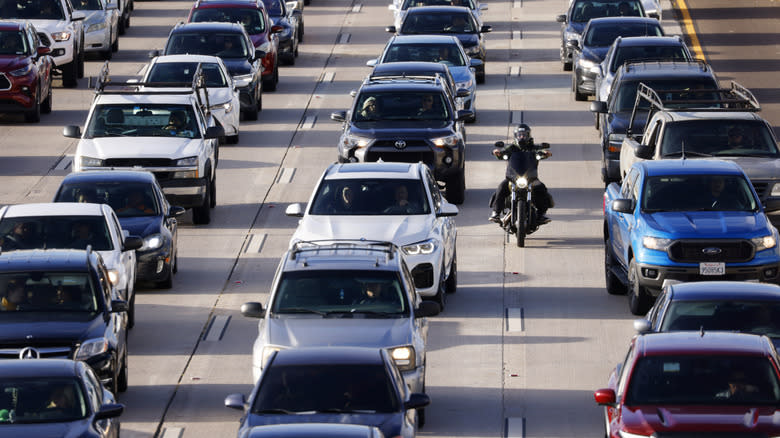
Fighting traffic during rush hour can be frustrating for just about any driver, especially if you keep finding yourself stopped at lights behind a long line of other cars. That's why it can be particularly annoying to some drivers to watch a motorcyclist roll right past them to the front of the line. Why shouldn't the motorcycle rider have to wait their turn like everyone else? But one benefit of lane filtering is reduced traffic congestion. If motorcyclists get to share enough space in the lane to move up front, there's more room at the end of the line, meaning traffic isn't backed up as far. That's a win for everyone.
Believe it or not, lane filtering and splitting are safer in some ways than not lane filtering. The Colorado act that legalized lane filtering cited multiple studies, including one in California that found that motorcycle riders are 43% less likely to get rear-ended when lane splitting. Motorcycle fatalities have decreased in California in the past few years, correlating with the legalization of lane splitting in the state. The California Highway Patrol issued safety tips on the practice, stating that it's no more dangerous than anything else you'd do on a motorcycle. As long as Californian motorcyclists follow the rules, no one should get hurt.
Studies in other countries have shown that lane splitting is actually helpful with reducing injuries to motorcyclists. One study titled "Motorcycle Accidents In-Depth Study," conducted by the European Association of Motorcycle Manufacturers in 2008, looked at 921 motorcycle accidents across Europe and concluded that motorcyclists were seven times more likely to be struck by another vehicle while stopped than while lane splitting. Another study in Australia, whereby lane filtering was trialed for eight weeks, saw zero accidents occur as a result of lane filtering (and zero rear-end collisions among other motorcyclists), concluding that "lane filtering was a relatively low risk riding activity for motorcyclists."
Why Don't All States Allow Lane Filtering?
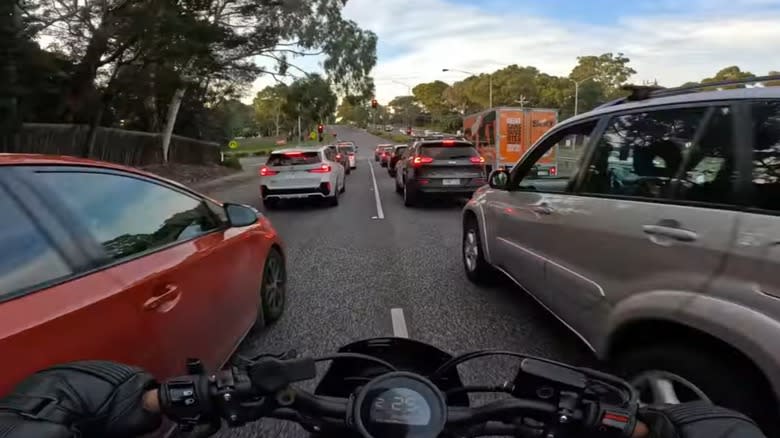
If lane filtering makes motorcyclists safer, why don't more states make it legal? Because it's not that simple. Yes, motorcyclists are less likely to get rear-ended when they lane filter, but Rider Magazine reports they are more than twice as likely to rear-end another vehicle. They are also more likely to get into a side-impact collision. But supporters of lane filtering often point out that these types of accidents are normally less fatal for motorcyclists than getting rear-ended, and the data often backs them up.
However, we can't fault states that haven't legalized lane filtering yet. After all, road lanes were designed to be wide enough for one vehicle, not a vehicle and a motorcycle. And it doesn't help that American vehicles have been getting wider in recent years, taking up even more room in a lane. One of the things they teach you in motorcycle safety courses is to maintain a "safety cushion," a safe distance in all directions between the motorcycle and other vehicles. But lane filtering puts the motorcyclist closer to other vehicles, giving a rider less time to react if a car makes a sudden move or a driver opens a door.
And then there's the fact that many drivers just don't seem to have a favorable opinion of lane filtering. Though lane filtering and splitting have been common practices in California for years, a 2014 study conducted at the University of California, Berkleley found that 60.8% of non-motorcyclists surveyed in the state disapproved of the practice. Time will tell whether lane filtering will be accepted by more states. The public may need to be better educated about the benefits before that happens. In the meantime, obey the laws and ride safely.
Want more like this? Join the Jalopnik newsletter to get the latest auto news sent straight to your inbox...
Read the original article on Jalopnik.
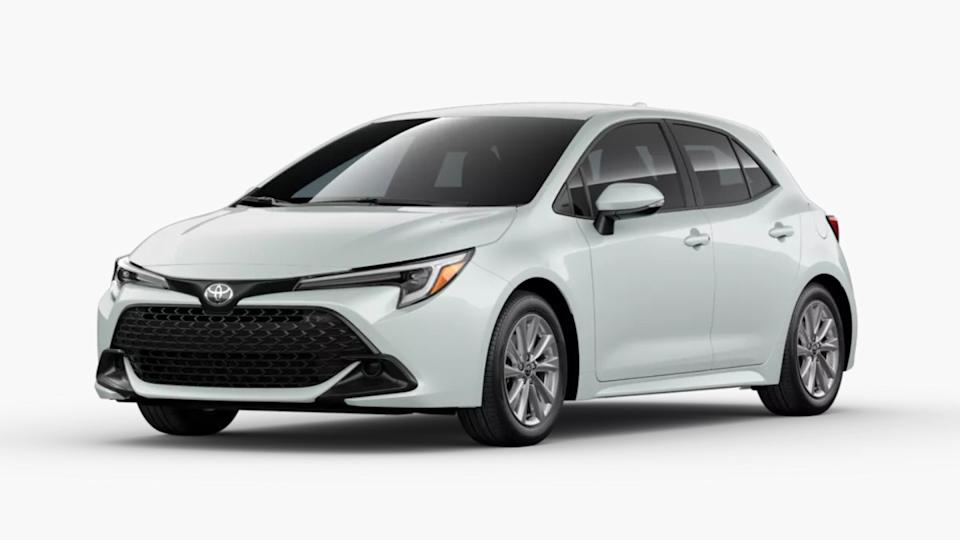
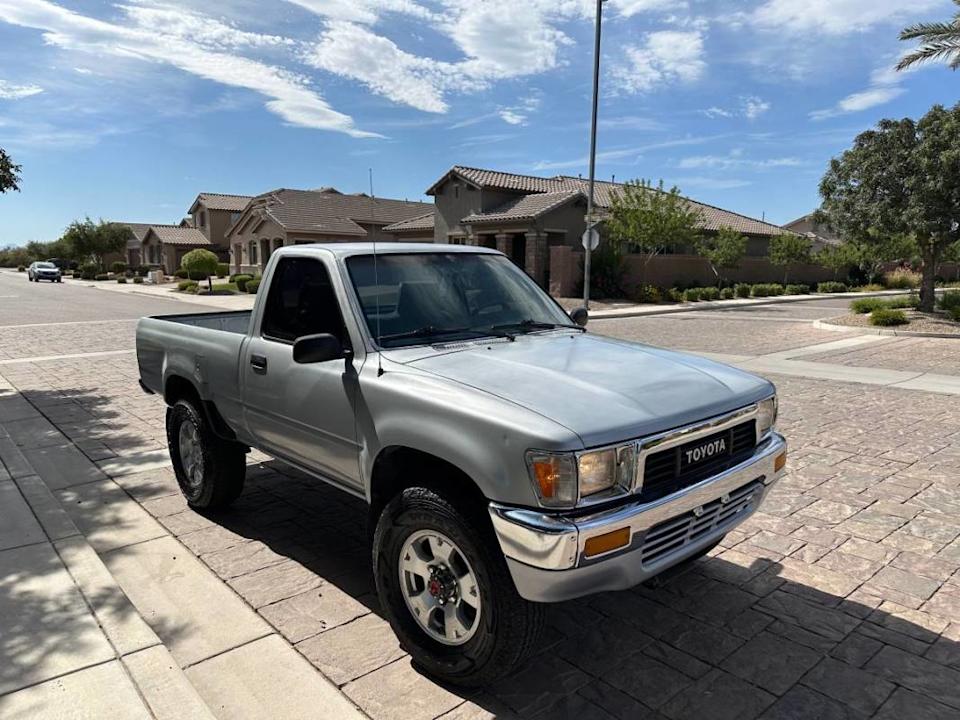
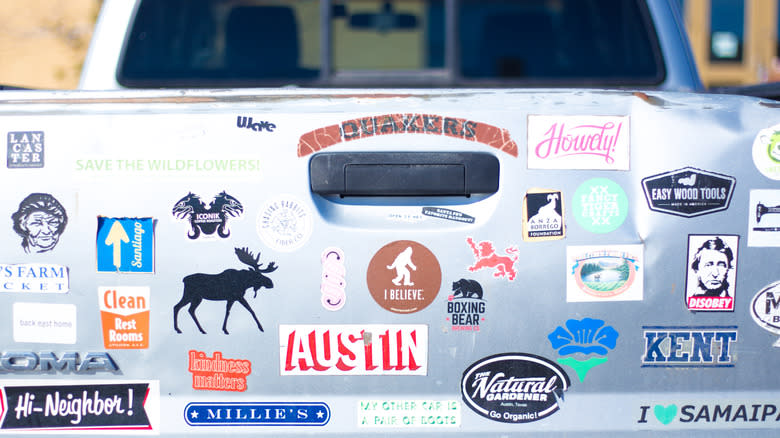
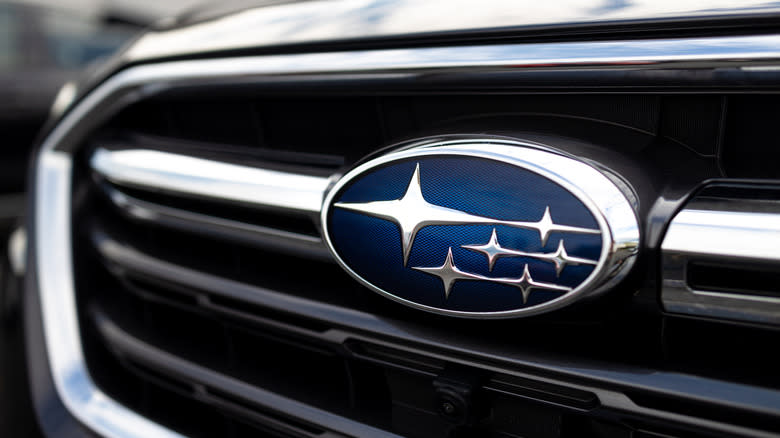

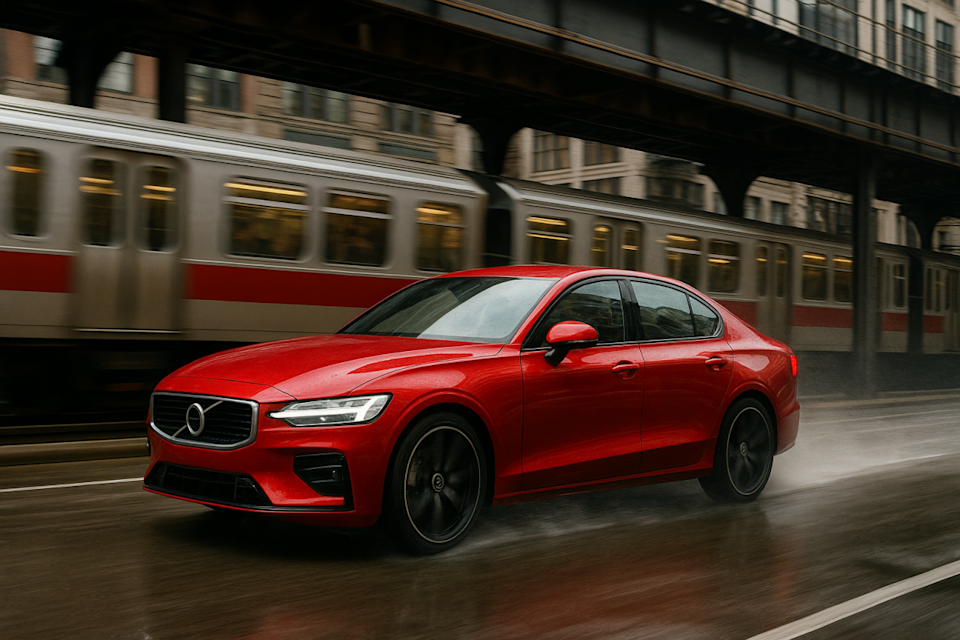
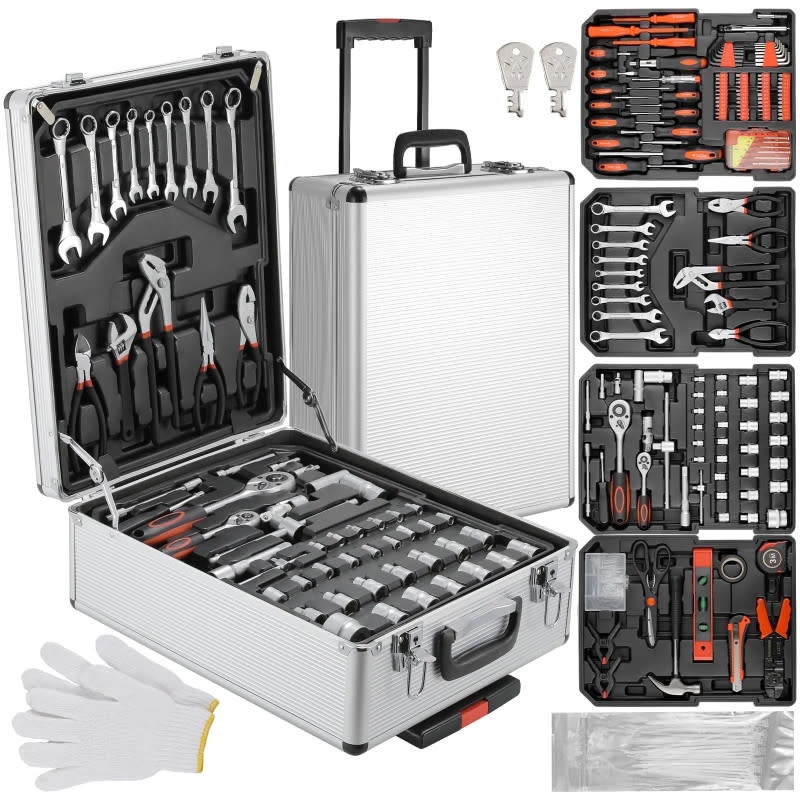
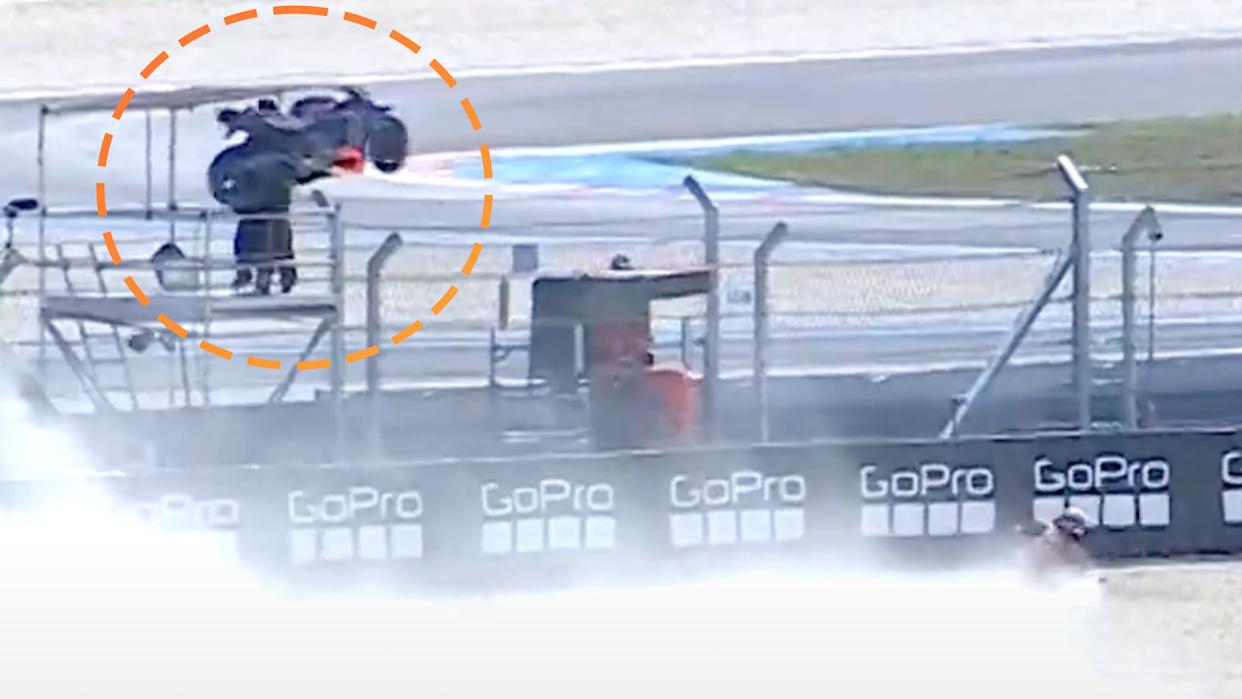
Comments